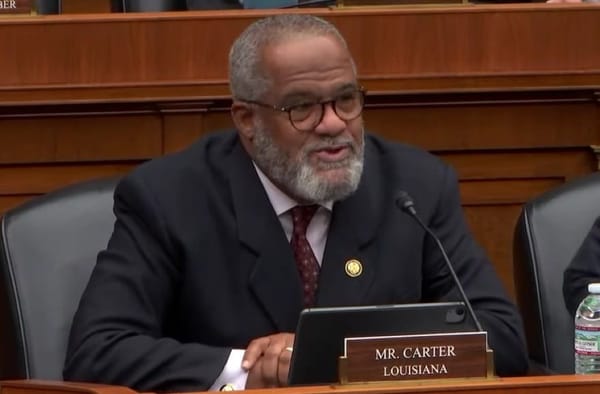Group Points To A Few Early Problems With Broadband Labels
Open Technology Institute thinks the FCC needs to address problems with ISP labels to ensure the intent of the mandate is being honored.
Ted Hearn

WASHINGTON, May 14, 2024 – Large broadband Internet Service Providers last month were required to roll out “nutrition” labels to help consumers make informed service selection decisions based on several criteria, including price, latency, and download and upload speeds.
In an early review, the Open Technology Institute at New America is bringing to the Federal Communications Commission’s attention a few issues that OTI thinks the agency needs to address with covered ISPs to ensure the intent of the label mandate is being honored.
Some items on OTI’s list related to the ease with which consumers can access labels online or in a retail environment. Other issues dealt with the program formatting of data files to facilitate the collection of label information in a uniform manner.
“We have heard that consumers who shop for service in-store may not be aware that they can request to see broadband consumer labels to help them compare plans, or that providers may not make an effort to inform consumers that labels are available, or make them easily accessible,” OTI said in a May 13 filing submitted by Raza Panjwani, Chhaya Kapadia, and Nat Meysenburg.
During a May 9 video call, OTI leaders discussed their issues with several FCC officials, including Consumer and Government Affairs Bureau Chief Alejandro Roark and Consumer and Government Affairs Bureau Deputy Chief Mark Stone.
OTI presented other findings that it said “either undermined the purpose of the rule or raised other concerns,” citing as an example the need to provide a service address in order to access a label online.
“If the [Broadband Internet Access Service] (BIAS) provider is advertising or promoting a plan on a web page, the consumer label should be accessible from there as well without having to navigate to additional pages or provide additional information (a link directly to the label or a pop up of the label would suffice.),” OTI officials said.
OTI said some ISPs didn’t show a label at all.
“We shared a specific example of a provider that advertised a plan on its home page with a prominent “Pricing and other info” link that opened a pop-up with a large block of ‘fine print’ rather than the label (and which left out several pieces of information required in the label),” the OTI officials said.
Regarding latency information on labels, OTI officials believe ISPs need to provide the measurement tools used to determine latency, which is typically expressed in milliseconds.
“A true apples-to-apples label comparison requires using a consistent measurement methodology. At a minimum, we recommended that providers be required to disclose their measurement methodology in such a manner that would clarify whether given measurements can be compared,” the OTI officials said.
Under the FCC’s rules, the content of the labels must be displayed on ISPs’ websites in machine-readable format, and ISPs must provide label information in a spreadsheet file format, such as comma-separated values/CSV, a format available in Microsoft 365’s Excel program.
OTI said after reviewing CSV files shared by two ISPs, it found “both providers included the same information, but used different headers (i.e. column/row labels) for equivalent information, and one provider chose a vertical layout for their data, while the other chose a horizontal layout.”
OTI said the lack of uniformity it found will frustrate efforts “to collect, collate, and analyze label content.”
To resolve the problem, OTI urged the FCC to consider issuing guidance on CSV formatting best practices developed after consulting with stakeholders.
ISPs with fewer than 100,000 subscribers have until Oct. 10, 2024, to comply with the FCC’s label rules. All other ISPs had to comply on April 10, 2024.
 Broadband BreakfastBroadband Breakfast
Broadband BreakfastBroadband Breakfast
Broadband labels were a major topic at the Broadband Breakfast’s Broadband Measurement Summit on March 7, 2024.










Member discussion